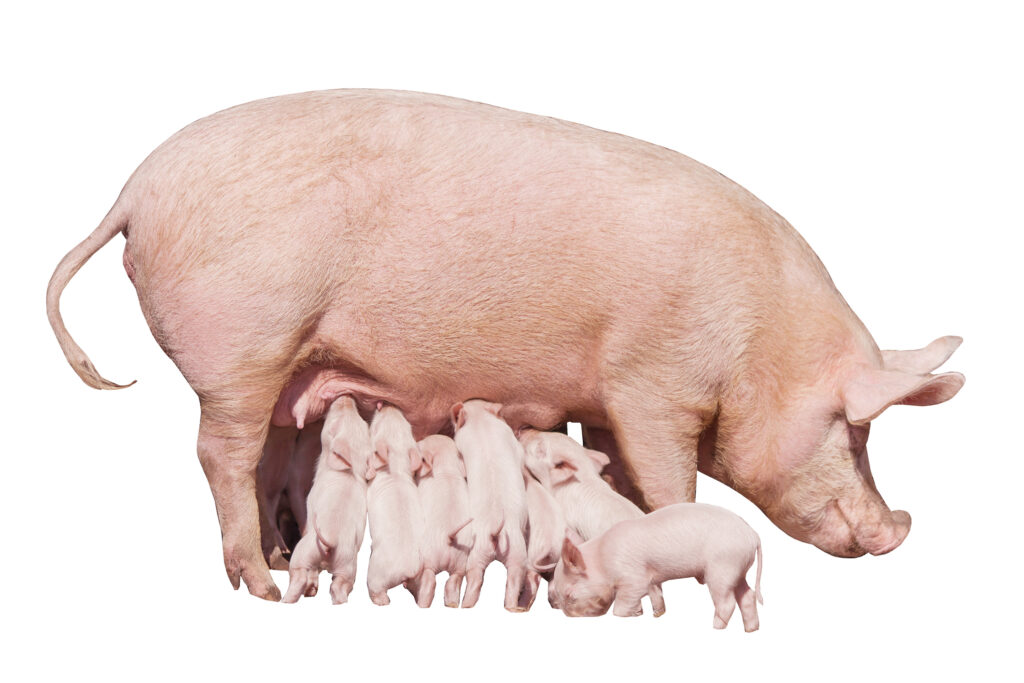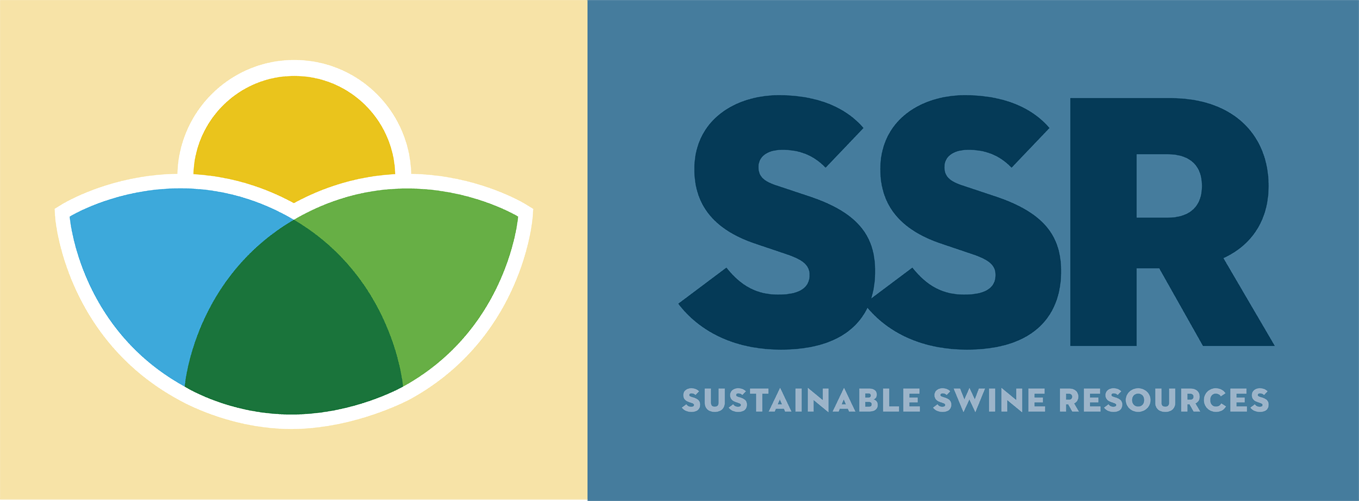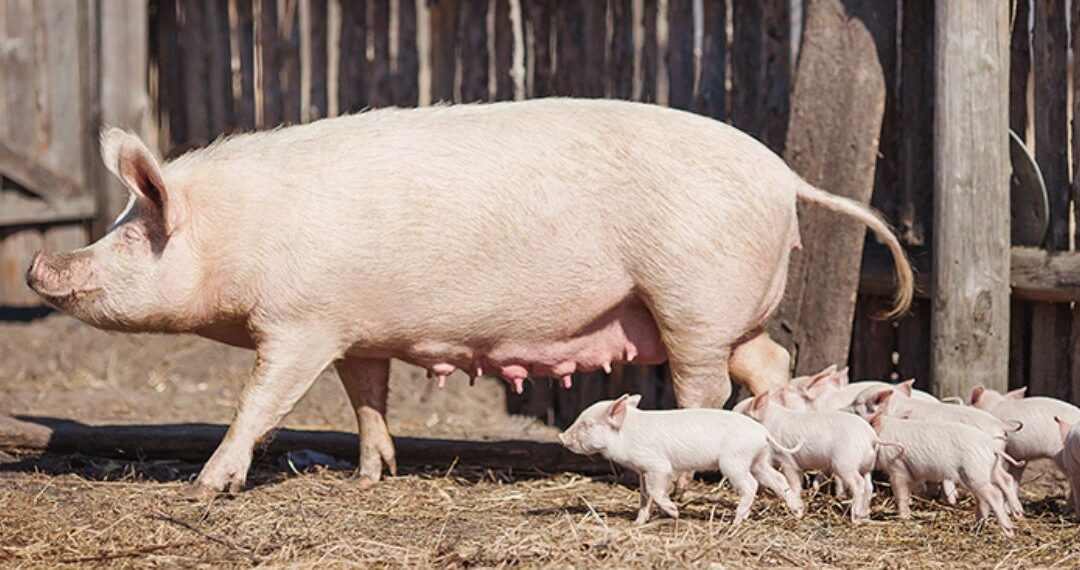Understanding the Difference of Sows and Market Pigs
Market Pigs
Maximizing efficiency and reducing waste is a concern for every industry. Pigs grow and mature at a quick rate, and many farmers consider a pig ready for harvest when they reach a weight of around 250-270 lbs. Pigs at this weight are considered market pigs, butcher pigs or butcher hogs. Pigs can easily grow larger than market weight, but raising market pigs gives industrial farmers the best return on the resources used to feed and maintain their herd. Incorporating efficient and sustainable practices into pig farming not only benefits the industry but also contributes to the broader goal of resource conservation.
Sows and Boars
While market pigs play an important part in providing a food source, pigs such as sows and boars are essential for a sustainable harvest cycle. You may be asking yourself about the distinction between sows, boars, and hogs, as there is often confusion regarding these terms.
What is a Hog?
- A hog is a general term for any domestic swine weighing over a specific weight of 54kgs.
What is a Boar?
- Boars are male pigs that are used for breeding. They can reach sizes much larger than market pigs and are more physically mature.
What is a Sow?

- Sows are female pigs that have given birth to a litter of piglets. If a female pig has not yet given birth to a litter, they are called gilt pigs. Like boars, sows can grow much larger and more mature than market pigs
Harvesting pigs for biological materials in addition to a food source helps create a sustainable supply chain. After pigs are processed for food, porcine materials and tissues are harvested to a wide range of industries, including research labs and medical facilities. Porcine materials play a pivotal role in the research and creation of medical and biological innovations that improve the lives of humans and animals alike.
What makes an ideal Market Pig
- Efficient growth rate and feed conversion, ensuring timely market readiness and cost-effective production.
- Well-developed musculature and uniformity in size, contributing to high meat yield and consistent quality.
- Good health and genetic traits for adaptability, enhancing overall production efficiency and consumer satisfaction.
Sows vs. Market Pigs at SSR
At SSR, we primarily harvest porcine materials from animal sows and pigs, which can give additional benefits to the co-products produced. Sows are larger, stronger, and more mature compared to the market pigs, potentially giving their tissues advantages over younger specimens. Also, their larger size allows for significantly increased yields of sow meat and other products, resulting in more substantial harvests with fewer animals.
The creation of pig co-products and the harvesting of porcine meat and materials provide an effective partnership between agricultural and scientific industries to promote the reduction of waste products while aiding in the creation of new research and medical materials. The successful collaborations in pig harvesting show that sustainability isn’t a far off dream, but an achievable goal.
FAQs About Sows vs Market Pigs
What is a sow?
A sow is a mature female pig that has given birth to piglets. Sows are primarily kept for breeding and reproduction on farms.
What is a market pig?
A market pig is a pig raised specifically for meat production. Once they reach the desired weight and age, market pigs are sent to market for processing.
How do sows and market pigs differ?
Sows are used for breeding, while market pigs are raised for meat. They differ in age, purpose, and how they are managed on the farm.
Are sows and market pigs raised differently?
Yes. Sows are cared for in breeding and farrowing environments, while market pigs are raised in grow-finish facilities designed for rapid, healthy growth.
Let's Collaborate
With SSR and Johnsonville LLC, we offer flexible partnership options. Let's explore how we can work together to achieve your goals.


